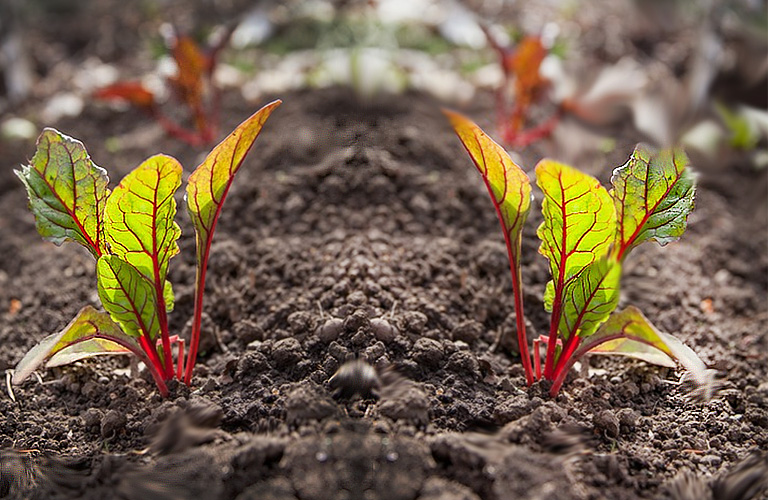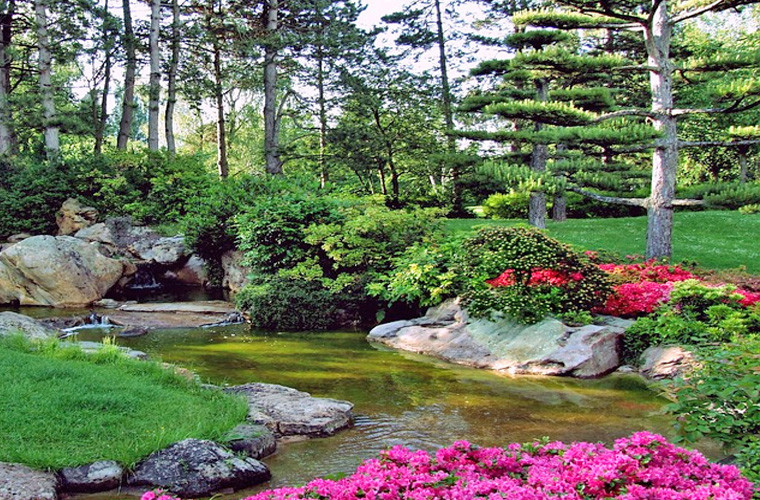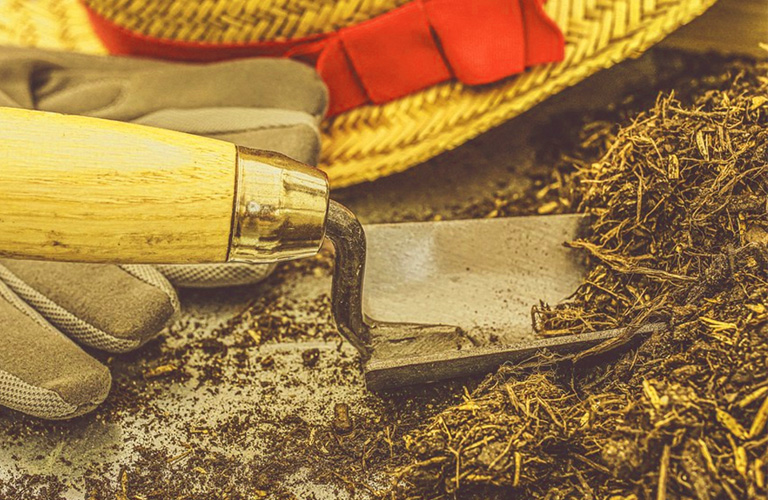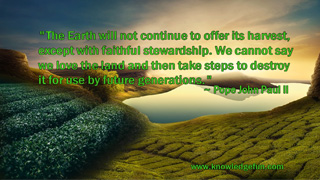Practically no soils in long-inhabited communities remain naturally rich enough to produce big crops. They are made rich, or kept rich, in two ways:
- By cultivation - which helps to change the raw plant food stored in the soil into available forms.
- By manuring or adding plant food to the soil from other outside sources.
"Sandy" in the sense here used, means a soil containing enough particles of sand so that water will pass through it without leaving it pasty and sticky a few days after a rain; "light" enough, as it is called, so that a handful, under ordinary conditions, will crumble and fall apart readily after being pressed in the hand. It is not necessary that the soil be sandy in appearance, but it should be friable.
"Loam: means rich, friable soil," says Webster. That hardly covers it, but it does describe it. It is soil in which the sand and clay are in proper proportions, so that neither greatly predominate, and usually dark in color, from cultivation and enrichment. Such a soil, even to the untrained eye, just naturally looks as if it would grow things. There are some garden loams that will do well just as taken up, but as a rule better results will be obtained where the soil is properly prepared. It is remarkable how quickly the whole physical appearance of a piece of well cultivated ground will change.
Perhaps in yours there will be too much sand, or too much clay. That will be a disadvantage, but you could fix that problem by ordering proper rich, light and friable soil from supplier or doing it on your own.
Rich, light, friable soil could be made up specially as follows:
Rotted sods two parts, old rotted manure one part, and enough coarse sand added to make the mixture fine and crumbly, so that, even when moist, it will fall apart when pressed into a ball in the hand.
FIND OUT MORE:
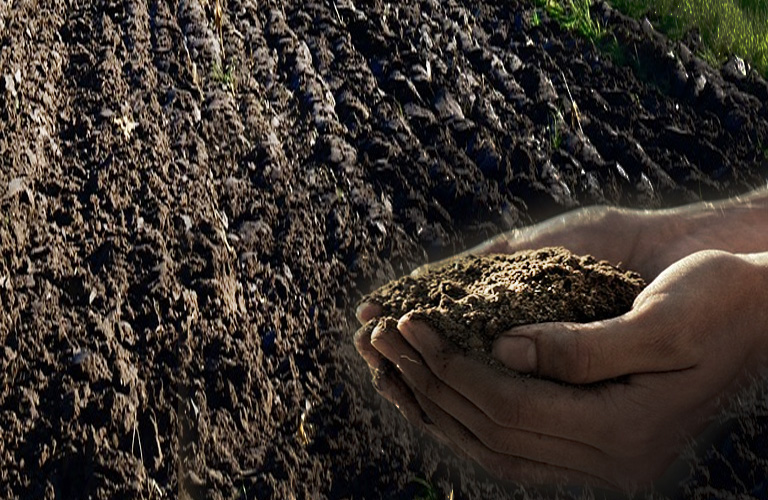
Large tracts of soil that are almost pure sand, and others so heavy and mucky that for centuries they lay uncultivated, have frequently been brought, in the course of only a few years, to where they yield annually tremendous crops on a commercial basis. So do not be discouraged about your soil. Proper treatment of it is much more important, and a garden- patch of average run-down, or "never-brought-up" soil, will produce much more for the energetic and careful gardener than the richest spot will grow under average methods of cultivation.



